New member of the FVL program. US Navy wants to get a new helicopter
The US Navy is beginning to search for a promising helicopter that will be able to replace existing equipment in the distant future. The new prototype will have to take over the duties of the MH-60 helicopters and the MQ-8 unmanned aerial vehicles. To fulfill such plans, the Navy pays attention to the Future Vertical Lift program.
Obsolescence processes
Currently, the US Navy is armed with more than 500 SH-60 / MH-60 Seahawk helicopters of several modifications. The first samples of this family entered service in the mid-eighties; in the future, the fleet received modernized and improved vehicles. Helicopters of this line are capable of transporting people and cargo, fighting surface targets, solving anti-submarine defense tasks, performing search and rescue, etc.
Since the mid-8s, the American fleet has been operating a helicopter-type UAV MQ-50 Fire Scout. In the ranks is approx. 8 similar complexes of several modifications. With the help of the MQ-XNUMX, ships can carry out surveillance and reconnaissance, as well as carry out strikes against surface and coastal targets using a controlled weapons.
So far, SH / MH-60 helicopters and MQ-8 UAVs meet the requirements of the Navy, and systematic modernization and regular repairs allow them to be kept in service. However, in the distant future, they will need to be replaced. It is proposed to start this process and to partially complete it in the thirties.
Request for Proposals
A few years ago, it was reported that the US Navy was studying the prospects aviation technology and is looking for ways to further develop the helicopter fleet. At the level of rumors and unconfirmed data, the possibility of cooperation with the ground forces and the air force, already developing their new projects, was mentioned.
Now the situation has cleared up. In late January, the Navy issued a request for proposals on a promising vertical takeoff aircraft. Until mid-April, the fleet wants to receive information from aircraft manufacturers, study the available opportunities and draw conclusions. In case of a positive conclusion, contracts will appear for the development and construction of new equipment.
According to the request, the new model of equipment for the Navy should show characteristics no worse than the existing SH / MH-60 and MQ-8 and solve the same problems. He must carry people and goods, carry various equipment and weapons, etc. In addition, the potential for the introduction of new functions is needed - this is associated with the development of a potential adversary and the associated risks.
From an existing program
According to foreign media reports, in search of a new helicopter, the Navy can join the Army's Future Vertical Lift program and take part in further work on one of its projects. Thus, the Air Force and Army Aviation also plan to replace their UH-60 helicopters in the future. For this, the Future Long-Range Assault Aircraft (FLRAA) competition was launched, within the framework of which several interesting machines have already been created.
There are two projects currently participating in the FLRAA competition. Bell offers the V-280 Valor tiltrotor, while Sikorsky and Boeing recently unveiled the Defiant X high-speed helicopter project. The Pentagon is inviting new organizations with their designs to participate in the program, but the number of contestants will apparently not change.
If the Navy does indeed join the FVL and FLRAA programs, very interesting developments are possible. Bell, Sikorsky and Boeing are expected to show interest in the request fleet and offer him their projects. Due to the special operating conditions at sea, the projects must undergo certain revisions. However, exact data on this score are not yet available.
Some questions leave the desire to replace the Navy Drones helicopter type. Apparently, their tasks are going to be transferred to manned aircraft. Perhaps the fleet takes into account the trends in technology development and plans to use the hypothetical possibilities of turning a manned helicopter into a car with remote or autonomous control. Similar developments take place in the FVL and FLRAA projects.
Applicants for victory
The Navy will be accepting applications until mid-April, at which time it will become clear which companies are competing for future contracts. Most likely, everything will really be limited to rethinking the current FLRAA program, taking into account the interests and requirements of the naval forces.
V-280 and Defiant X are built according to different schemes and differ significantly from each other. The architecture and dimensions of the vehicles can affect their operation on ships. Thus, a high-speed helicopter can be equipped with a blade folding system for storage in a ship's hangar. The tiltrotor diameter is determined by the wingspan, which is why the adaptation of the V-280 project to the requirements of the Navy can be more difficult and time-consuming.
The Sikorsky / Boeing project uses a twin-screw pine carrier system and a pusher propeller, while Bell used rotary nacelles with main / pulling propellers. The US Navy has experience with tiltrotors, but never used the original three-propeller combination. This factor can also affect the choice of technique.
By its flight performance, carrying capacity, capacity, etc. the two FLRAA machines look alike. It should be borne in mind that the V-280 Valor is being successfully tested and is gradually approaching the maximum design parameters. The rival Defiant X has so far been presented only in promotional material, and the prototype has probably not even been built yet. However, previous experimental vehicles showed good results - although they did not reach the level of the V-280 from Bell.
The Navy wants to assign a wide range of tasks to new aircraft. Transport, combat and other capabilities of equipment are determined by equipment and carrying capacity. What specific requirements of this kind will be has not yet been announced.
The Navy's choice may also be influenced by the outcome of the Army's FLRAA program. The Pentagon is due to issue the final RFP this year, which will kickstart the final phase of the program. After that, the participating companies will present the final versions of their projects, and the army will be able to choose the most successful one. The winner of the FLRAA competition has every chance of getting a contract from the fleet. In addition, the Navy can join the program along with the army and participate in the selection of a single winner.
Reserve for the future
The US military is planning a major upgrade of its helicopter fleet. Obsolete vehicles of the UH / HH / SH / MH-60 family are supposed to be removed from service and replaced with a promising model with improved flight performance. The army and the Air Force are paying special attention to this issue, and now the fleet is planning to join the general work.
Thus, in the distant future, all the US armed forces will abandon the Black Hawk and Seahawk families in favor of completely new models. However, with all the progress observed, the processes of re-equipping troops will begin only in the thirties. The Navy has enough time to evaluate and choose, or to develop a completely new project. And at the moment we are talking only about accepting applications and collecting information - from which all new projects begin.

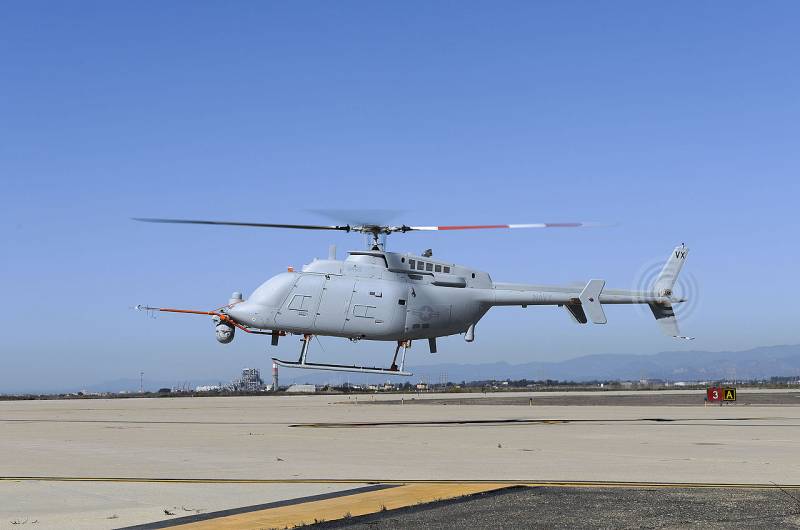
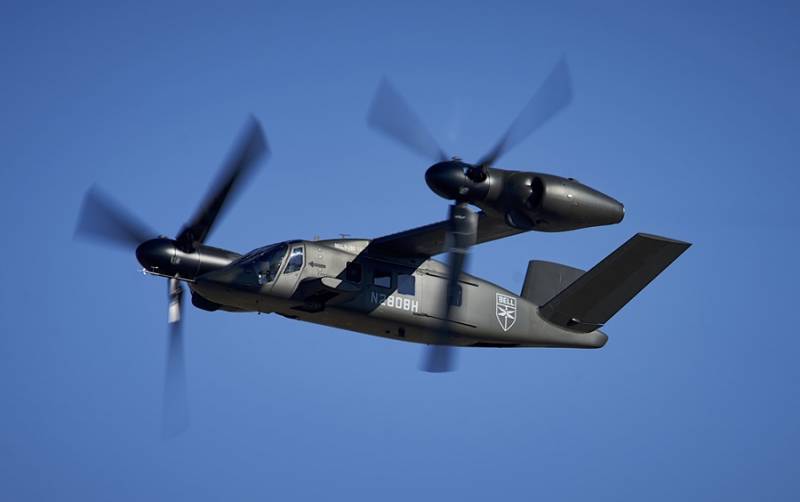
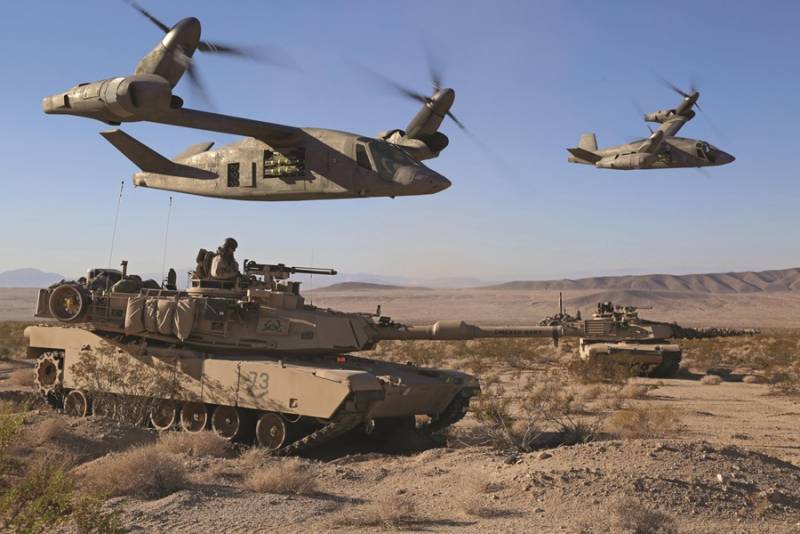
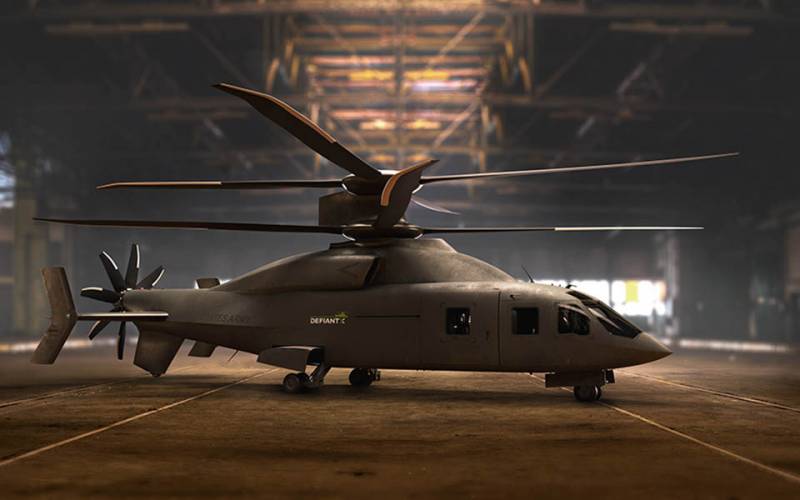
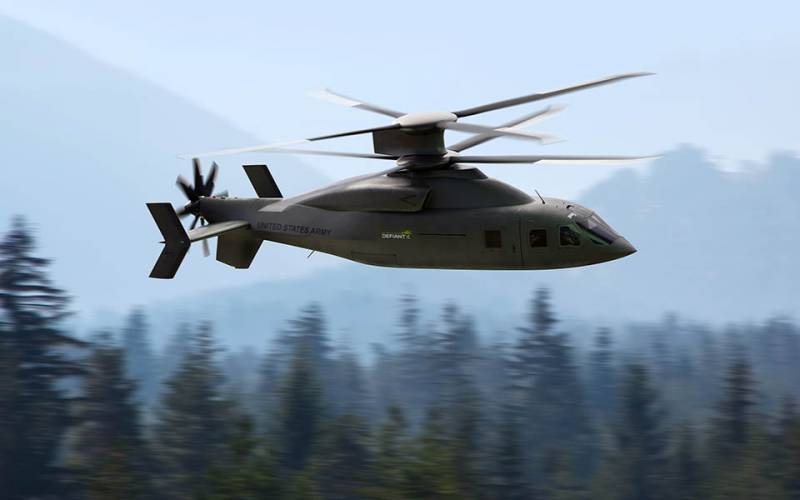
Information